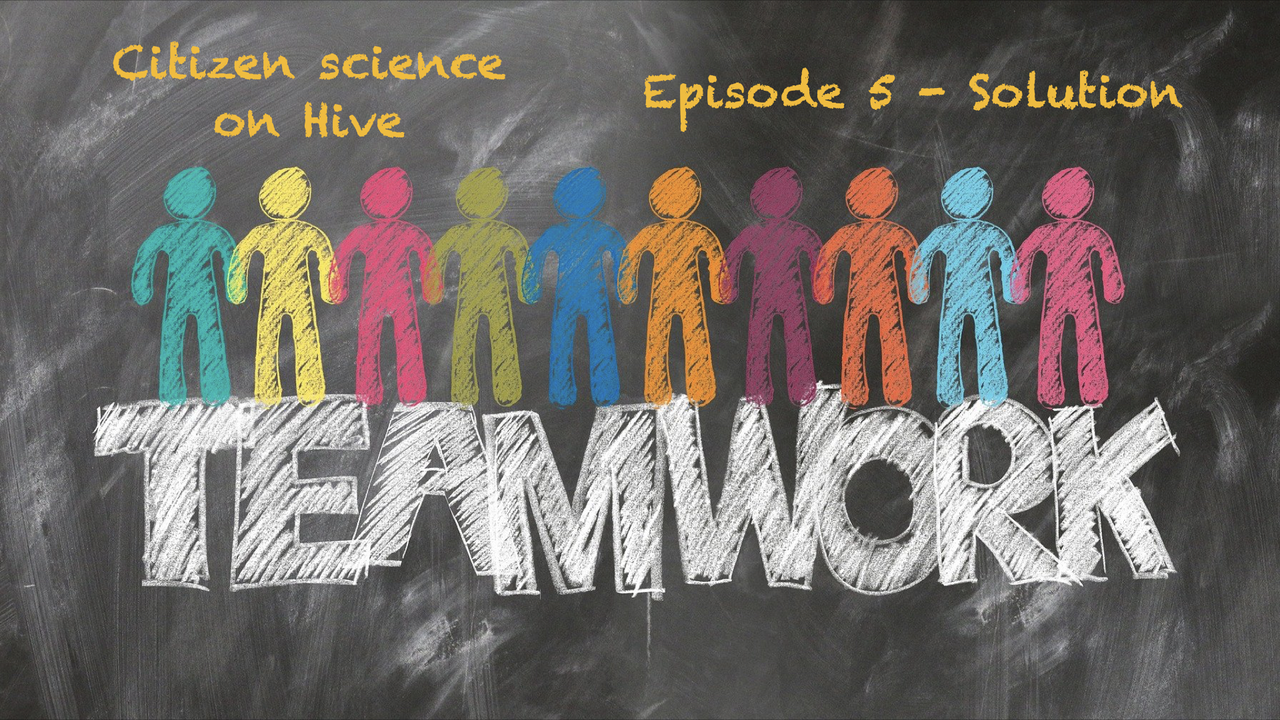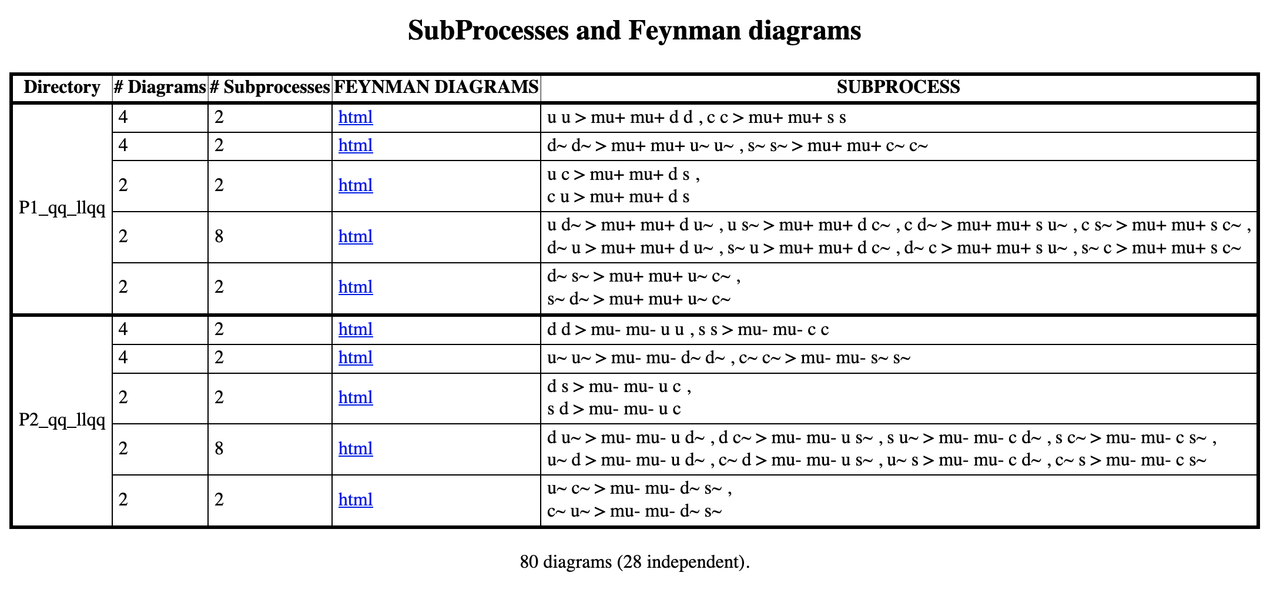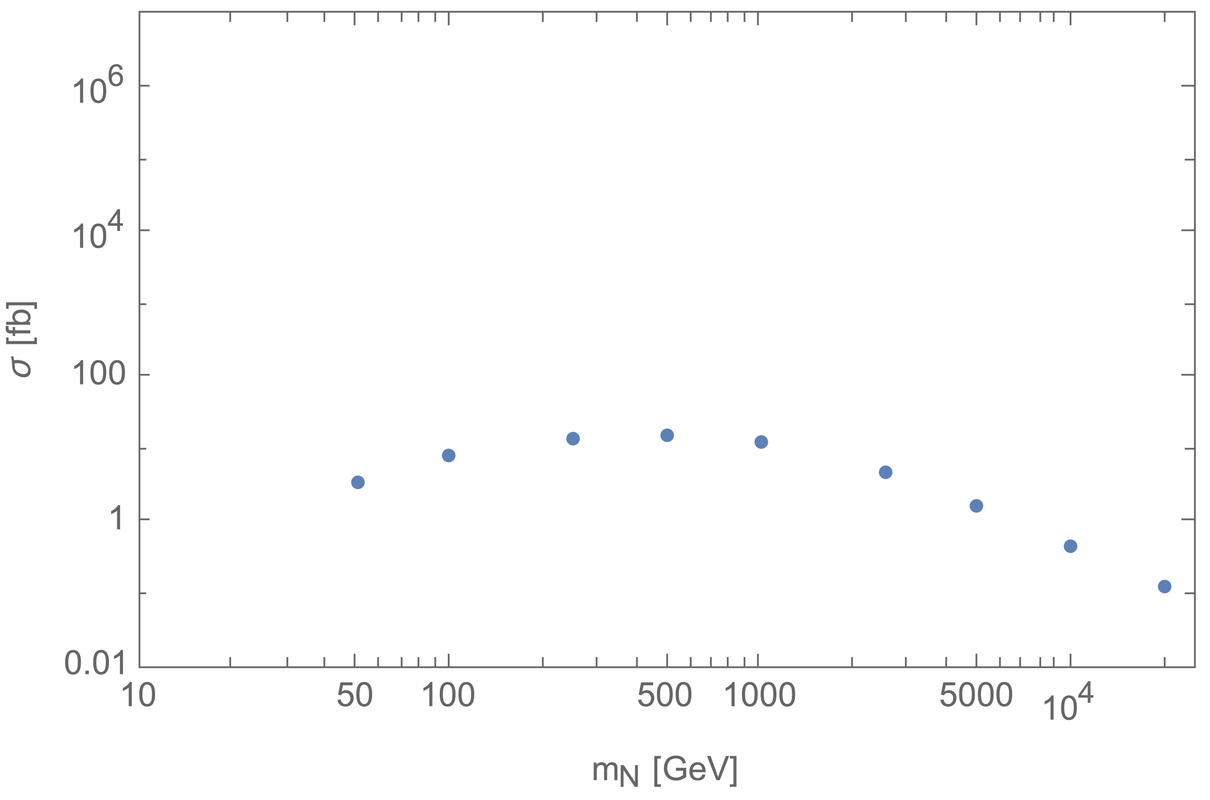Three weeks have spent since the release of the fifth episode of our citizen particle physics project on Hive. Whereas only one community member (@agreste) managed to finish all proposed tasks, two others are well advanced (@eniolw, @travelingmercies). I recommend them to consider writing an updated report when they will be fully done. Moreover, I am sure that @gentleshaid will soon write a complete or partial report.
I unfortunately have no information about anyone else participating (@isnochys? @mengene? @metabs? @servelle?). I hope everybody is fine…
This being written, it is never too late to join us in our study of neutrino mass models at CERN’s Large Hadron Collider (LHC) as a non-scientific actor from the Hive community. For this purpose, it is sufficient to go through all previous episodes, which should take a few hours of work per episode. The list of all released episodes is given below, and don’t hesitate to write reports on your progress.
In the context of this fifth episode, I am proud to say that @agreste was the first ever person in the world to provide total production rates for double-beta process at the LHC run 3. Extra work is required before getting to results in a publishable form, but these first steps are excellent ones! As can be guessed from this amazing result, our citizen science project rocks! The present blog has the goal to provide solutions to the assignments proposed in this post. In fact, I will provide answers to all assignments, except for the last one for which I will let the participants self-checking each other, before deciding whether they are correct. I will nevertheless validate everything after my break, in about 3 or 4 weeks. [Credits: Original image from geralt (Pixabay)]
Here is the usual recap of the previous episodes of our citizen science adventure on Hive.
[Credits: Original image from geralt (Pixabay)]
Here is the usual recap of the previous episodes of our citizen science adventure on Hive.
 [Credits: CMS-EXO-21-003 (CMS @ CERN)]
The figure above describes the process we consider. At the left of the figure, we see two quarks q1 and q2 that are two of the constituents of the protons that collide in the LHC. These energetic quarks convert into other quarks (the ‘primed’ quarks on the right) by emitting W bosons (in purple in the middle of the figure). Those two W bosons then lead to the production of two charged leptons l1 and l2 in the final state (that we took as muons in the exercise considered) through the exchange of a heavy neutrino N.
We observed that MG5aMC generated 80 diagrams (see the image below), and the question was about why we had so many of them.
[Credits: CMS-EXO-21-003 (CMS @ CERN)]
The figure above describes the process we consider. At the left of the figure, we see two quarks q1 and q2 that are two of the constituents of the protons that collide in the LHC. These energetic quarks convert into other quarks (the ‘primed’ quarks on the right) by emitting W bosons (in purple in the middle of the figure). Those two W bosons then lead to the production of two charged leptons l1 and l2 in the final state (that we took as muons in the exercise considered) through the exchange of a heavy neutrino N.
We observed that MG5aMC generated 80 diagrams (see the image below), and the question was about why we had so many of them.
 [Credits: @lemouth]
The reason is as follows. An accelerated proton contains several flavours of quarks (four in our case: up, down, strange and charm), together with the corresponding antiquarks. Consequently, we have many possibilities for the initial quarks q1 and q2 in the above diagrams. Correspondingly, we also have different possibilities for the final-state ’primed quarks’. This is what we observe in the above image.
---
[Credits: @lemouth]
The reason is as follows. An accelerated proton contains several flavours of quarks (four in our case: up, down, strange and charm), together with the corresponding antiquarks. Consequently, we have many possibilities for the initial quarks q1 and q2 in the above diagrams. Correspondingly, we also have different possibilities for the final-state ’primed quarks’. This is what we observe in the above image.
---
 [Credits: @lemouth]
We can check that we have slight differences relative to the plot shown in the reference scientific publication (i.e. figure 2). This is related to the fact that we are using different parton densities dictating how to relate the colliding protons to their content, and that our calculations are accurate only at the leading order accuracy. In the reference paper, next-to-leading-order predictions are presented, in contrast.
This will be the topic of the next episode of our series: going from a leading order precision to the next-to-leading order one.
---
[Credits: @lemouth]
We can check that we have slight differences relative to the plot shown in the reference scientific publication (i.e. figure 2). This is related to the fact that we are using different parton densities dictating how to relate the colliding protons to their content, and that our calculations are accurate only at the leading order accuracy. In the reference paper, next-to-leading-order predictions are presented, in contrast.
This will be the topic of the next episode of our series: going from a leading order precision to the next-to-leading order one.
---
In the context of this fifth episode, I am proud to say that @agreste was the first ever person in the world to provide total production rates for double-beta process at the LHC run 3. Extra work is required before getting to results in a publishable form, but these first steps are excellent ones! As can be guessed from this amazing result, our citizen science project rocks! The present blog has the goal to provide solutions to the assignments proposed in this post. In fact, I will provide answers to all assignments, except for the last one for which I will let the participants self-checking each other, before deciding whether they are correct. I will nevertheless validate everything after my break, in about 3 or 4 weeks.
 [Credits: Original image from geralt (Pixabay)]
Here is the usual recap of the previous episodes of our citizen science adventure on Hive.
[Credits: Original image from geralt (Pixabay)]
Here is the usual recap of the previous episodes of our citizen science adventure on Hive.
- Ep. 1 - Installation of the MG5aMC software dedicated to particle collider simulations. We got seven reports (agreste, eniolw, gentleshaid, mengene, metabs, servelle and travelingmercies), among which that of @metabs consists of an excellent documentation on how to get started with a virtual machine running on Windows.
- Ep. 2 - Generation of 10,000 simulated LHC collisions relative to the production of a top-antitop pair at the LHC. We got eight reports (agreste, eniolw, gentleshaid, isnochys, mengene, metabs, servelle and travelingmercies).
- Ep. 3 - Installation of MadAnalysis5, a piece of software allowing us to simulate detector effects, reconstruct the output of complex simulations, and the analysis of produced events. We got seven contributions (agreste, eniolw, gentleshaid, isnochys, metabs, servelle and travelingmercies).
- Ep. 4 - A study of top-antitop production at CERN’s Large Hadron Collider. We got five contributions (agreste, eniolw, gentleshaid, servelle and travelingmercies). The solutions to the proposed assignments are available here.
- Ep. 5 - A study of a signal of a neutrino mass models at CERN’s Large Hadron Collider. We got three contributions so far (agreste, eniolw and travelingmercies).
Feynman diagrams describing our signal - assignment 1
--- [Credits: CMS-EXO-21-003 (CMS @ CERN)]
The figure above describes the process we consider. At the left of the figure, we see two quarks q1 and q2 that are two of the constituents of the protons that collide in the LHC. These energetic quarks convert into other quarks (the ‘primed’ quarks on the right) by emitting W bosons (in purple in the middle of the figure). Those two W bosons then lead to the production of two charged leptons l1 and l2 in the final state (that we took as muons in the exercise considered) through the exchange of a heavy neutrino N.
We observed that MG5aMC generated 80 diagrams (see the image below), and the question was about why we had so many of them.
[Credits: CMS-EXO-21-003 (CMS @ CERN)]
The figure above describes the process we consider. At the left of the figure, we see two quarks q1 and q2 that are two of the constituents of the protons that collide in the LHC. These energetic quarks convert into other quarks (the ‘primed’ quarks on the right) by emitting W bosons (in purple in the middle of the figure). Those two W bosons then lead to the production of two charged leptons l1 and l2 in the final state (that we took as muons in the exercise considered) through the exchange of a heavy neutrino N.
We observed that MG5aMC generated 80 diagrams (see the image below), and the question was about why we had so many of them.
 [Credits: @lemouth]
The reason is as follows. An accelerated proton contains several flavours of quarks (four in our case: up, down, strange and charm), together with the corresponding antiquarks. Consequently, we have many possibilities for the initial quarks q1 and q2 in the above diagrams. Correspondingly, we also have different possibilities for the final-state ’primed quarks’. This is what we observe in the above image.
---
[Credits: @lemouth]
The reason is as follows. An accelerated proton contains several flavours of quarks (four in our case: up, down, strange and charm), together with the corresponding antiquarks. Consequently, we have many possibilities for the initial quarks q1 and q2 in the above diagrams. Correspondingly, we also have different possibilities for the final-state ’primed quarks’. This is what we observe in the above image.
---
Signal rate at the LHC run 2 - assignment 2
--- The second assignment required the calculation of the rate of the new physics signal considered as a function of the heavy neutrino mass, reproducing somehow the purple line in figure 2 of the reference publication. You can find below my numbers and my plot.| Neutrino mass [GeV] | Cross section [fb] |
|---|---|
| 50 | 3.561 |
| 100 | 7.975 |
| 250 | 14.88 |
| 500 | 16.15 |
| 1,000 | 12.3 |
| 2,500 | 4.938 |
| 5,000 | 1.712 |
| 10,000 | 0.4864 |
| 20,000 | 0.1254 |
 [Credits: @lemouth]
We can check that we have slight differences relative to the plot shown in the reference scientific publication (i.e. figure 2). This is related to the fact that we are using different parton densities dictating how to relate the colliding protons to their content, and that our calculations are accurate only at the leading order accuracy. In the reference paper, next-to-leading-order predictions are presented, in contrast.
This will be the topic of the next episode of our series: going from a leading order precision to the next-to-leading order one.
---
[Credits: @lemouth]
We can check that we have slight differences relative to the plot shown in the reference scientific publication (i.e. figure 2). This is related to the fact that we are using different parton densities dictating how to relate the colliding protons to their content, and that our calculations are accurate only at the leading order accuracy. In the reference paper, next-to-leading-order predictions are presented, in contrast.
This will be the topic of the next episode of our series: going from a leading order precision to the next-to-leading order one.
---